Iron Ore Size
Iron Ore Market Growth Projections and Opportunities
Numerous market elements have a substantial impact on the dynamics and performance of the iron ore industry. These variables cover a wide range, from the state of the world economy to particular developments in a given industry. To traverse the complexity of the iron ore market and make wise decisions, stakeholders—including investors, miners, and manufacturers—must have a thorough understanding of these market dynamics. Demand for Steel Worldwide: The demand for steel is a major factor in determining the demand for iron ore since it is a necessary raw material for the production of steel. The demand for iron ore is directly impacted by variations in the world's steel consumption, which are influenced by things like manufacturing and construction activities. Chinese Steel Production: As the world's biggest producer and user of steel, China's steel output levels have a significant influence on the trends in the iron ore market. The demand for iron ore around the world is impacted by changes in China's industrial output, infrastructural development, and urbanization initiatives. Development of Infrastructure: When creating roads, bridges, and other infrastructure, iron ore is a basic building material. Large-scale infrastructure projects funded by the government raise the demand for iron ore. Situation of the World Economy: The state of the world economy as a whole affects industrial production, which in turn affects the demand for iron ore. Economic downturns may result in less production and building, which will impact the market for steel and, by extension, iron ore. Trade and Tariff Policies: The flow of iron ore across borders is impacted by trade policies, tariffs, and geopolitical conflicts. Iron ore is a commodity that is traded internationally. The supply chain may be disrupted and iron ore prices may be impacted by changes in international trade relations. Technological Developments in Steelmaking: The demand for iron ore may be impacted by advancements in steelmaking processes, such as the creation of more effective blast furnaces or the use of alternative technologies. The industry's dependence on conventional iron ore-based processes may change as a result of ongoing research and development in metallurgy and steel production.
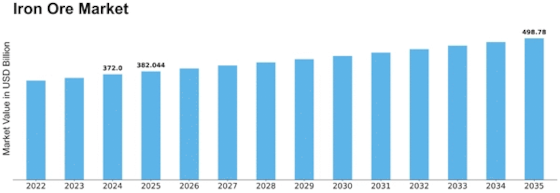

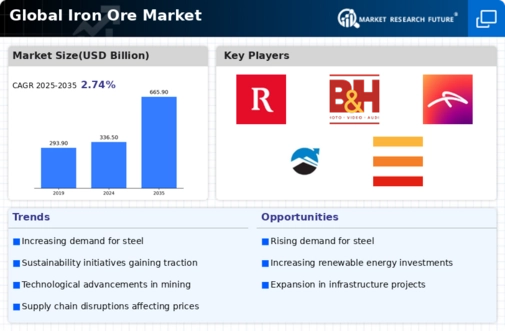
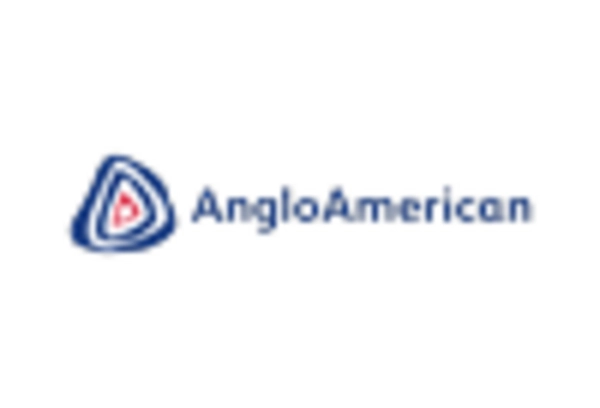
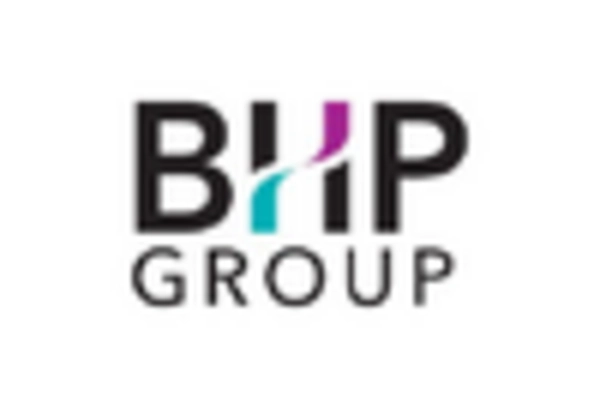
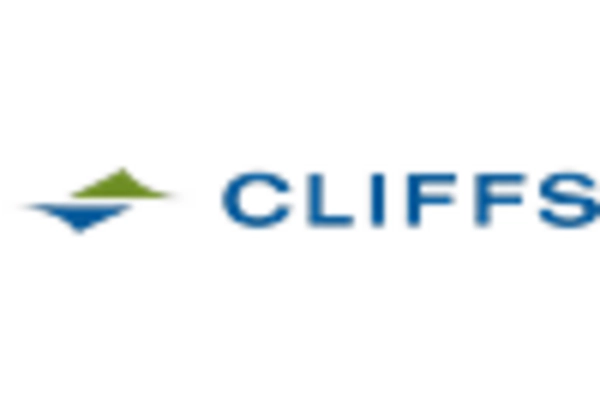
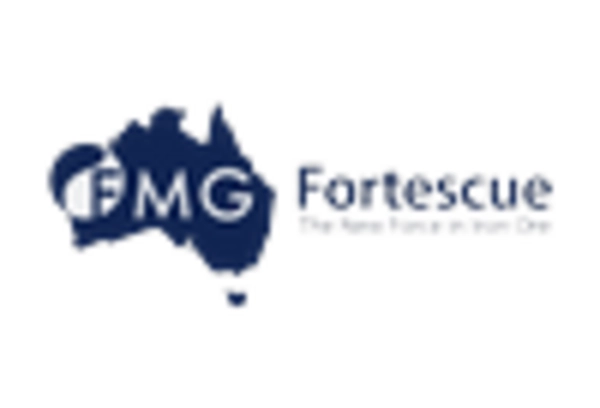
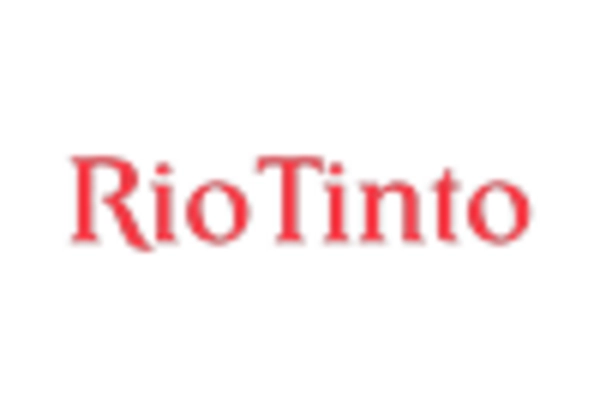
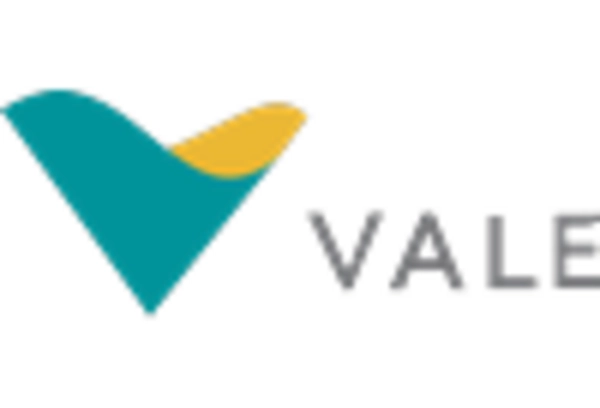









Leave a Comment